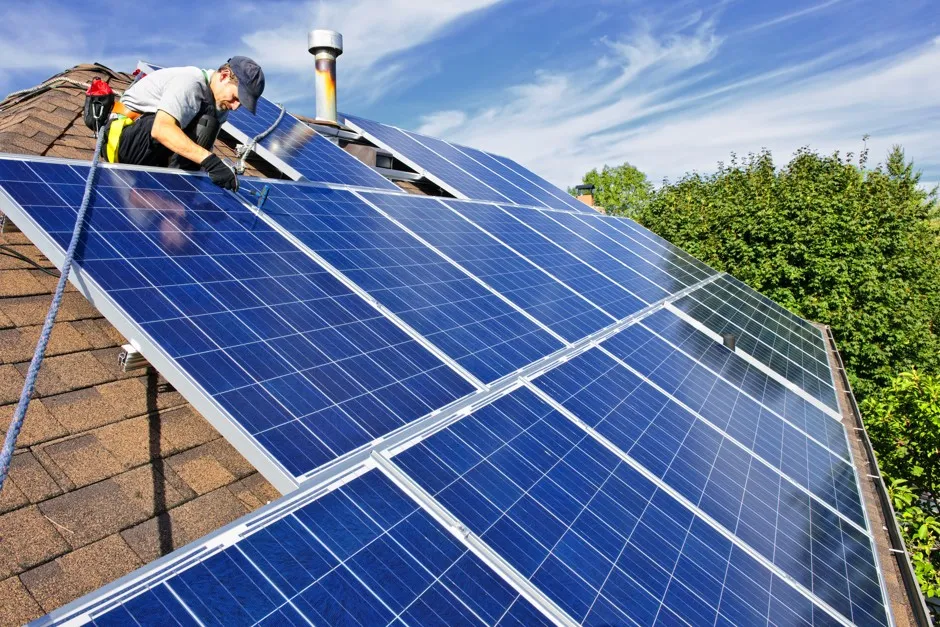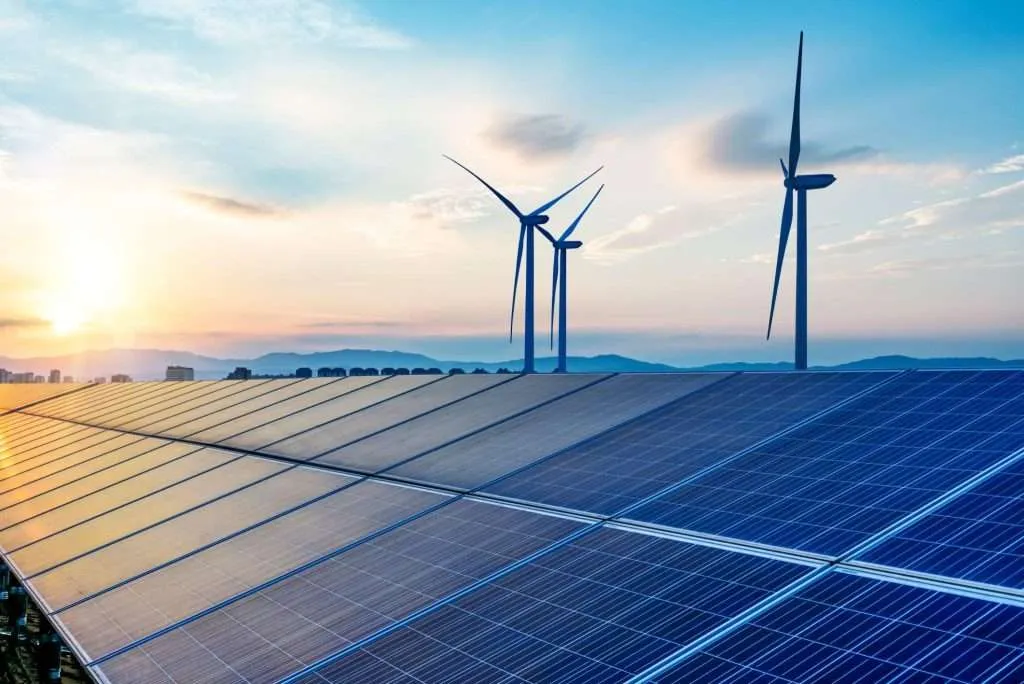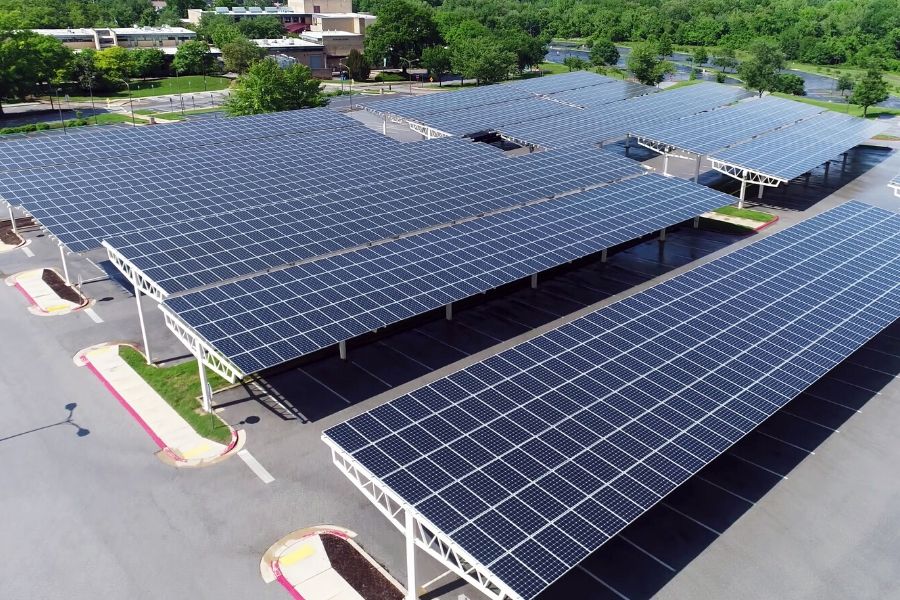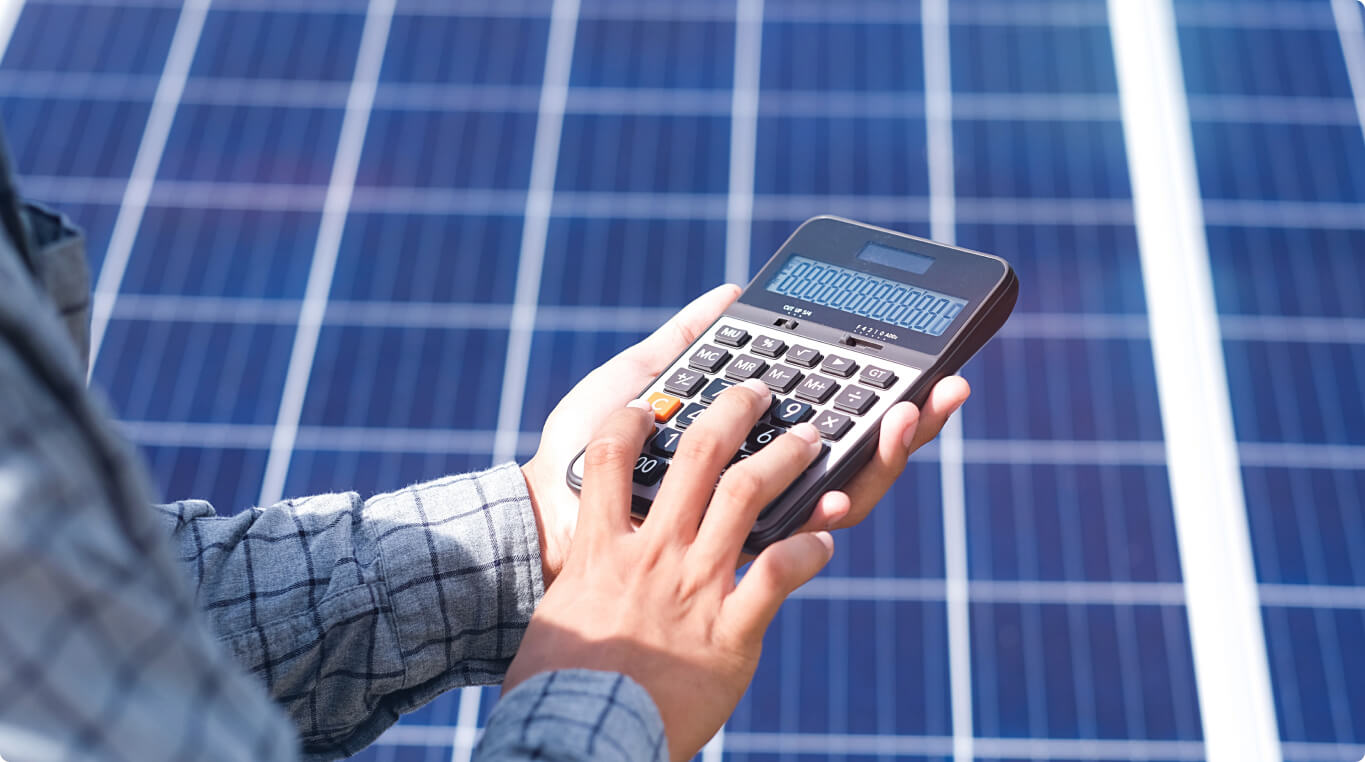Why Upgrade to Solar Electricity is Beneficial?
Importance of
Solar Power Electricity
Solar energy is crucial for India because of its abundant sunlight throughout the year, making it an ideal source of clean and renewable power. It helps reduce dependence on costly and polluting fossil fuels, lowers electricity bills, and supports the country’s fight against climate change. Solar power also boosts rural development by providing off-grid energy solutions and creates thousands of job opportunities in manufacturing and installation. As India moves toward a sustainable future, solar energy plays a key role in ensuring energy security and environmental protection.
Benefits of Solar Powered Electricity
01 Cost-Effective
With falling prices of solar panels and government subsidies, solar installations are becoming more affordable. Once set up, the maintenance cost is low, leading to major savings on electricity bills over time.
02 Low Maintenance
One of the biggest advantages of installing a solar system in homes or housing complexes is its low maintenance requirement. Once installed, solar panels need minimal upkeep—mostly just periodic cleaning to remove dust and debris for optimal efficiency. The system has no moving parts, which reduces the chance of wear and tear.
03 Saving Money - It's a SWP
Installing a solar system at home or in a housing society is a smart way to cut down electricity bills significantly. Once the system is set up, the sun’s energy powers your appliances, reducing your dependence on costly grid electricity.
It’s a SWP.
04 Renewable and Sustainable
Solar power helps decrease reliance on coal, oil, and natural gas, which are finite, polluting, and often imported. This strengthens India’s energy security and reduces import costs.
05 One-Time Installation
With low maintenance costs, government subsidies, and rising electricity prices, solar becomes a one-time investment that pays for itself in just a few years—making it a financially wise and eco-friendly decision for every homeowner.
Over time, this leads to huge savings, especially in areas with high power tariffs. Many states in India also offer net metering, which lets you sell excess electricity back to the grid and earn credits or money.
06 Reducing Carbon Footprint
Solar energy is non-polluting and reduces carbon emissions, which helps India combat air pollution and climate change, major challenges for the nation’s environment and health.
07 Abundant Sunlight Year-Round
India receives over 300 sunny days a year, making it one of the best-suited countries for solar energy production. This natural resource can be harnessed almost anywhere in the country.

On-Grid Solar System
An on-grid solar is connected to the utility grid, allowing to reduce electricity bills by exporting excess solar energy.

Off-Grid Solar System
An off-grid solar system works independently without grid support, using batteries to store solar energy for use during night or outages.
☀️ Solar Saving Calculator
📊 Estimated Results
Our Offerings
We provide cutting-edge services to help farmers maximize crop yields. Our precision farming, crop monitoring, and automation solutions aim to revolutionize agriculture.

Rooftop Solar System for Home
An on-grid solar is connected to the utility grid, allowing homeowners to reduce electricity bills by exporting.

Commercial Solar System
An off-grid solar system works independently without grid support, using batteries to store solar energy for use during night or outages.
How Solar Power Electricity Works?
Solar panels absorb sunlight and convert it into direct current (DC).
👇
The DC current goes into the inverter that converts it into alternating current (AC).
👇
The alternating current is fed into a bidirectional meter.
👇
The bi-directional meter supplies AC power to your home to run all household appliances.
👇
This meter supplies excess electricity (units that are not consumed) to the grid.
👇
When the exported units are needed later (eg. at night), the bi-directional meter imports them from the grid.
💸Savings and ROI
- Let’s assume, you get a 3 kW solar system worth ₹1,02,000 after subsidy, the electricity tariff in your state is ₹5, and your average monthly power consumption is 320-350 units.
- The electricity bill you will pay without a solar system will be approximately ₹1600 to ₹1750.
- When you install a 3 KW solar system, you get an average of 360-450 units/months from solar. It will be a bit higher in the summer months and lower in the monsoon season.
- Now, almost all your power requirements will be met by solar electricity. Hence, it’s even possible that you won’t have to pay anything.
- You’ll save approx ₹1600 to ₹1750/month. Your yearly savings will be about ₹19,200. Within approximately 4 to 5 years, the initial investment will break even.
- For the next 20 years, you’ll save a lot more than ₹3,84,000. This is the minimum return you’ll get after investing just ₹1,02,000.
- The reason we say that the return of 3.8 lakh rupees is minimum is because the price of electricity keeps increasing by 3-5% every year. Hence, your savings will also keep increasing.
Advance Solar Calculator
💡Frequantly Asked Questions
How solar rooftop system works?
A solar rooftop system is a combination of many components that convert sunlight into usable electricity.
The components of a rooftop solar include the following –
- Solar panels with PV cells
- Solar inverter
- Solar panel mounting structures
- AC and DC cables
- AC combiner box
- DC combiner box
- Earthing cables
- MC4 connectors
Why should I go solar?
If you want to save money from the sun, Solar is the best investment for you. Solar allows you to save on your monthly electric bills plus it also allows you to save the planet by going green. Solar energy is a true form of renewable clean energy which leads to zero pollution (air, noise, land) and emits no greenhouse gases mitigating climate change.
Is solar power safe?
Yes. The electricity produced by a solar power system is no different than the electricity you get from your electricity distribution company. The only difference is the source. Moreover, it is among the safest source of electricity consumption because it is neither hazardous nor does it release any toxic or harmful gases during production.
What do I need to install a rooftop solar system?
All you need to qualify for a solar system is – empty space on your roof and access to your rooftop. Just fill the project enquiry form on our website and our team will contact you to discuss your requirement. Once the project is finalised, we will take care of your entire plant design, installation and maintenance.
Do solar panels generate electricity even during monsoon and winter?
Yes, Solar panels do produce electricity in cloudy or rainy weather albeit with reduced efficiency. This fall in production is considered in the unit generation estimates provided for every project.
What kind of appliances can I use on Solar Power?
Solar Power plants are used to power all types of heavy machinery in industrial plants as well as household electrical and electronic appliances. Since the electricity produced from the plant is fed in sync with your grid/diesel generator, there are no voltage fluctuations irrespective of the number of appliances you use.
How do I decide what size of plant I need?
The size of your Solar plant depends on the following factors
- Your electricity consumption pattern
- Available shadow free area
Once you enlist your interest in a solar project, Solar Save conducts a scientific mapping of the appropriate project size for you.
What if my roof has Tin-Shade?
We use strong made of steel clamps to support solar panels. This material can hold 120kmph wind.
What is Net metering?
Net Metering is a system that gives solar energy owners credits for the power that they add to the grid. When solar panels produce excess power, that power is sent to the grid. And this power can be ‘taken back’ when the solar plants are not functioning – example, during the night. When a unit of solar energy that has been ‘net metered’, the bi-directional electricity meter will run backwards. Customers are billed only for the ‘net’ energy use.
How much electricity does a solar plant produce
The production level of a solar plant depends on multiple factors like radiation levels, amount of sunlight received, plant design and quality of components. On an average, 1 kW solar plant produces 4 units of electricity per day.
What is the life of a rooftop solar system?
The Solar Plant life is 25 years. The main components are solar panels and inverters. Solar panels have a warranty of 25 years and inverter warranty ranges from 5-12 years.
Do Solar Rooftop projects have a high maintenance cost?
A Solar Rooftop module comprises minimal moving parts and hence has very low maintenance cost. SolarSquare Energy provides first 5-year maintenance free of cost to clients ensuring a hassle free experience for all our customers.
My roof is not made of concrete; can I still install a Solar Project?
Solar power plants can be installed on almost any type of roofs irrespective of their shape or material type. In cases where the construction material is brittle (Asbestos) or the roof integrity is compromised, Solar Save provides roof renovation solutions as part of the solar rooftop project.
What is the break-even period for Solar rooftop projects?
Rooftop solar projects are among the most lucrative investments for Commercial and residential projects. The breakeven is achieved in 2-4 years itself, while you enjoy savings for the project life of 25 years.
Are financing options available for Solar Rooftop projects?
Solar Save provides lucrative EMI options while also facilitating collateral free loan facilities provided by banking institutions for solar projects.
